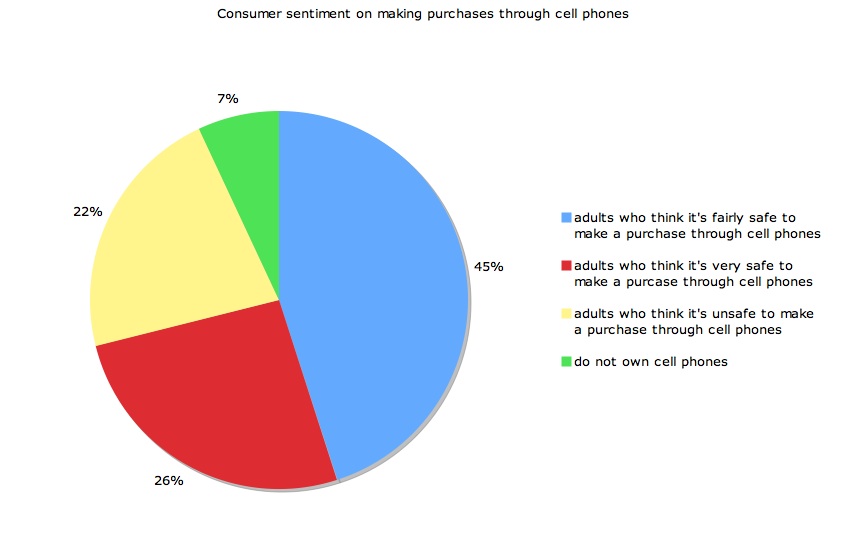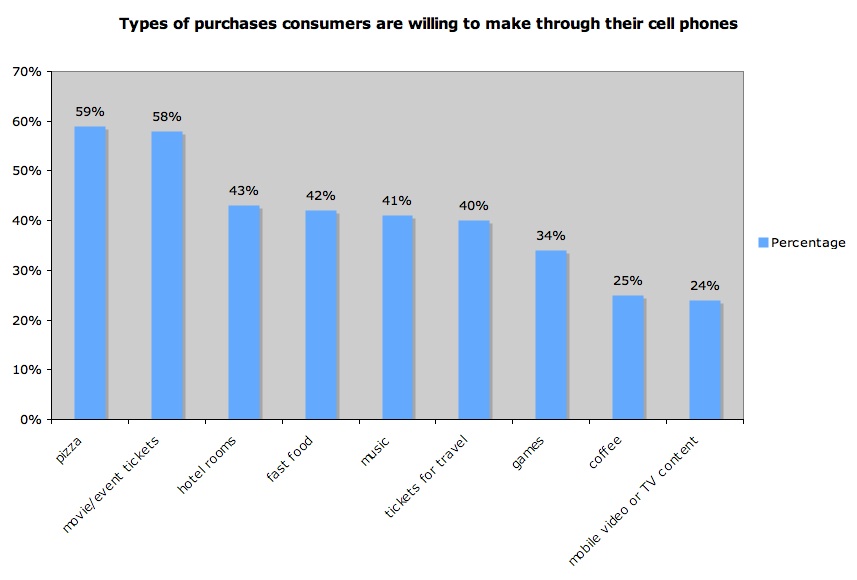Customer Data via Twitter
Twitter’s rapid growth this year has given the micro-blogging service a reputation as a powerful way to reach and research consumers.
I recently interviewed Craig Greenfield, VP, Search and Performance Media, Performics, about his team’s Twitter use. They use it to help promote Performics’ marketing services, as well as enhance their clients’ campaigns and research.
Here’re six ways Greenfield sees Twitter contributing to his team’s success:
#1. Improved natural search
– Content promotion – A simple tweet with a short URL link is enough to drive traffic and capture more links to content, and in turn, help search rankings.
“Depending on who re-tweets our links and how they do it…we tend to see a snowball effect that results in more and more valuable SEO links,” Greenfield says.
– Keyword research – Through Twitter’s search and the team’s proprietary tools, they are able to mine Twitter’s data to look for new keywords related to their client’s products.
#2. Capture paid-search opportunities
Twitter helps Greenfield’s team monitor trends in consumer interest. By tracking non-branded industry keywords (such as ‘jeans’ and ‘shirt’ for clothing retailers) they can see both positive and negative reactions to new brands, styles or features.
#3. Reputation management
Twitter is one of many social media sites that Greenfield and his team uses to monitor consumer sentiment around brands and products.
By using software to identify statements about a company or its products, the team is able to see whether consumers are talking about the company in a positive or negative light and respond appropriately.
#4. Landing page design
Greenfield’s team started mining conversations on social media outlets like Twitter to develop new landing page designs. They monitor conversations related to a brand or product and create a “tag cloud” based on the feedback. The team references these groups of text when brainstorming new ideas for landing pages, he says.
#5. Driving direct sales
Threadless, a tee shirt design and retail company, and one of Greenfield’s clients, has attracted more than 1.2 million followers to its Twitter feed and uses Twitter to generate sales, Greenfield says. Threadless tweets about promotions and content, and typically includes a URL link to their website.
#6. B2B lead generation
Greenfield and his team use their Twitter feed to update followers on:
o Company news
o Blog posts
o New whitepaper downloads
o Monthly webinars
The last two items are often used for lead generation, making Twitter one of several ways the team increases their pool of qualified leads for sales.










